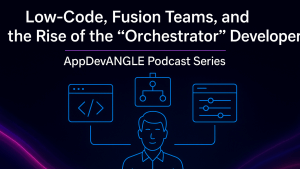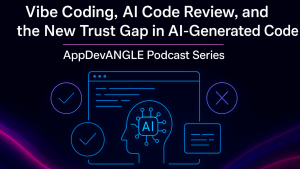Computer vision has long held promise for enterprises looking to extract insights from video, sensor, and other forms of unstructured data. But despite decades of innovation and proven results in high-profile use cases, such as autonomous vehicles, smart cities, and mobile applications, most businesses have failed to move beyond proof of concept.
The challenge is not the technology, it’s the operational model. Vision workloads introduce a unique blend of complications that traditional ML and cloud-native systems are not built to handle. From privacy and governance risks to the difficulty of aligning video streams with training pipelines, organizations are encountering friction at every step of deployment.
At the same time, the market is shifting. According to theCUBE Research, over 90% of the world’s data is unstructured, and nearly 80% of enterprise data is never analyzed. Video, in particular, remains largely untapped. Not because the insights aren’t valuable, but because the lifecycle for managing that data remains immature.
Aligning the Three Loops: Code, Models, and Data
In contrast to typical AI models trained on static datasets, vision workloads are dynamic, continuous, and deeply contextual. They depend not only on a model’s accuracy but also on how data is collected, filtered, annotated, and re-ingested for future iterations.
This creates a new operational surface area that most organizations are unequipped to manage.
“Computer vision isn’t stateless,” explained Kit Merker, Chief Growth Officer at Plainsight. “It cares about time, place, and data context. You need a fundamentally different operational model to scale it.”
Merker calls this new model VisOps, short for vision operations. It unifies three lifecycles: the traditional software development loop, the machine learning training loop, and a third, often overlooked loop, the vision data lifecycle. These loops must be treated as tightly integrated components in a single system. When one lags, the entire pipeline suffers.
Rather than building another monolithic platform, Plainsight introduced OpenFilter, an open source framework designed to modularize the vision development process. Filters are encapsulated units that combine code, models, connectors, and utilities into portable, composable vision applications.
This shift mirrors what we’ve seen in broader cloud-native ecosystems. Kubernetes, for example, didn’t just offer orchestration, it introduced a unit of standardization. Vision workloads, which have long relied on one-off integrations and bespoke pipelines, are now on the same trajectory.
Remediation, Not Prediction: Rethinking Compliance and Privacy
Computer vision introduces operational challenges and raises serious questions about data provenance, privacy, and ethical governance.
Enterprises face rising pressure to ensure that data collected, especially from public spaces or regulated regions, complies with local and international standards. Yet the nature of visual data makes complete control impossible.
“You can’t anticipate every risk,” Merker said. “You have to prepare to remediate. That means retraining on demand, maintaining lineage, and being ready to prove what data went into a model, then roll out updates quickly.”
This fundamentally changes the model lifecycle. Vision AI cannot be a “train-once, deploy-forever” scenario. It demands tooling for continuous retraining, rapid rollback, and flexible deployment across various edge devices, not just GPUs in the cloud.
As computer vision becomes a first-class workload, organizations will need infrastructure that supports real-time governance and distributed model maintenance, not just accuracy tuning.
The Rise of the Vision Professional
What’s emerging is a new enterprise persona: the vision professional or VisPro. These individuals are tasked with model development and managing vision-specific data operations, orchestrating deployments, and ensuring regulatory compliance.
Unlike traditional MLOps or DevOps roles, VisPros operate at the intersection of video stream processing, edge inference, machine learning, and enterprise IT systems. They require platforms that are not only technically capable but also purpose-built to align with how vision data flows through an organization.
“You kind of need a PhD to get a computer vision app off the ground today,” Merker noted. “We’re trying to lower that barrier and give teams the same runtime framework from prototype to production.”
This sentiment reflects a broader pattern in enterprise AI: tooling must evolve before adoption can scale. In the same way Docker unlocked application portability, OpenFilter offers a path toward standardizing vision workflows. It introduces a unit of deployment that spans not just infrastructure layers, but organizational silos as well.
Analyst Take
Computer vision has reached a tipping point. The use cases are well understood, and the technical building blocks are proven. What’s missing is a repeatable, operational framework that allows enterprises to deploy vision systems with confidence across environments, under governance, and at scale.
Plainsight’s OpenFilter and the VisOps model don’t attempt to reinvent AI. Instead, they focus on the connective tissue: how to bridge models, data, and infrastructure in a way that reflects the real-world complexity of vision applications.
For enterprises sitting on terabytes of unstructured data, from retail stores to industrial cameras to traffic feeds, the tools now exist to move from experimentation to execution. But doing so requires more than model accuracy. It demands operational maturity.



